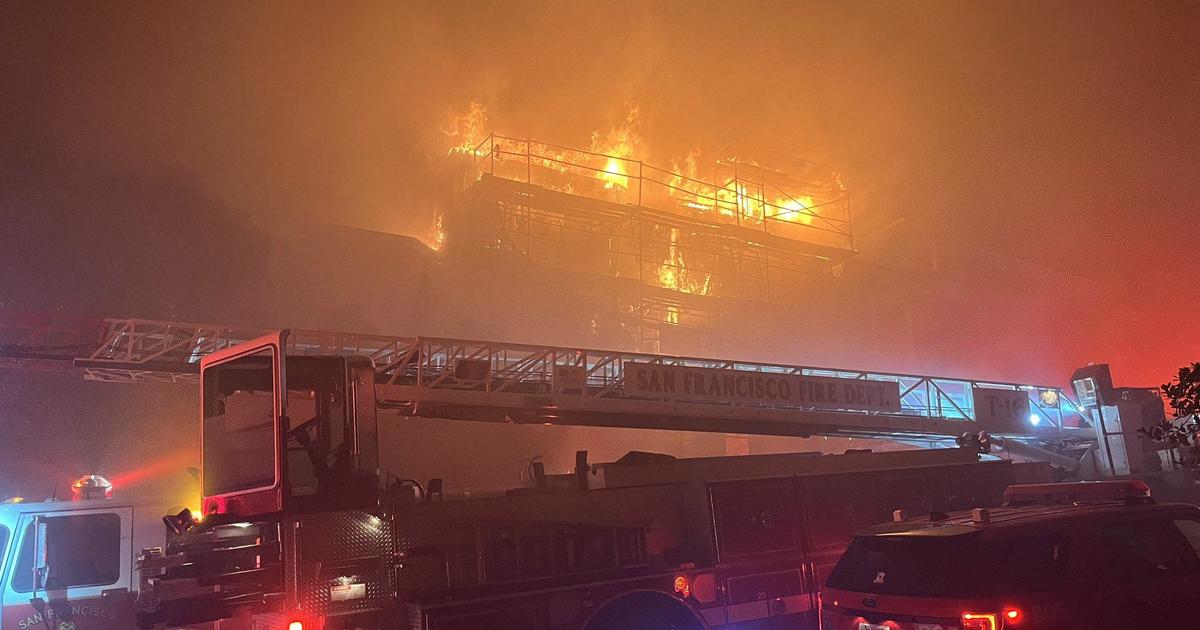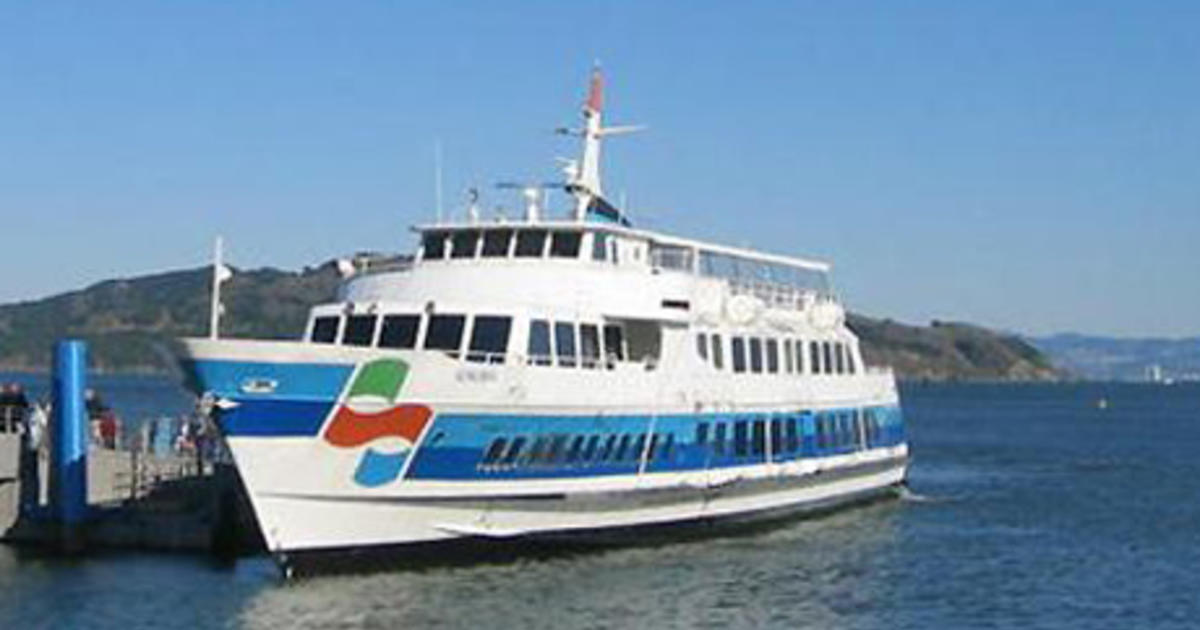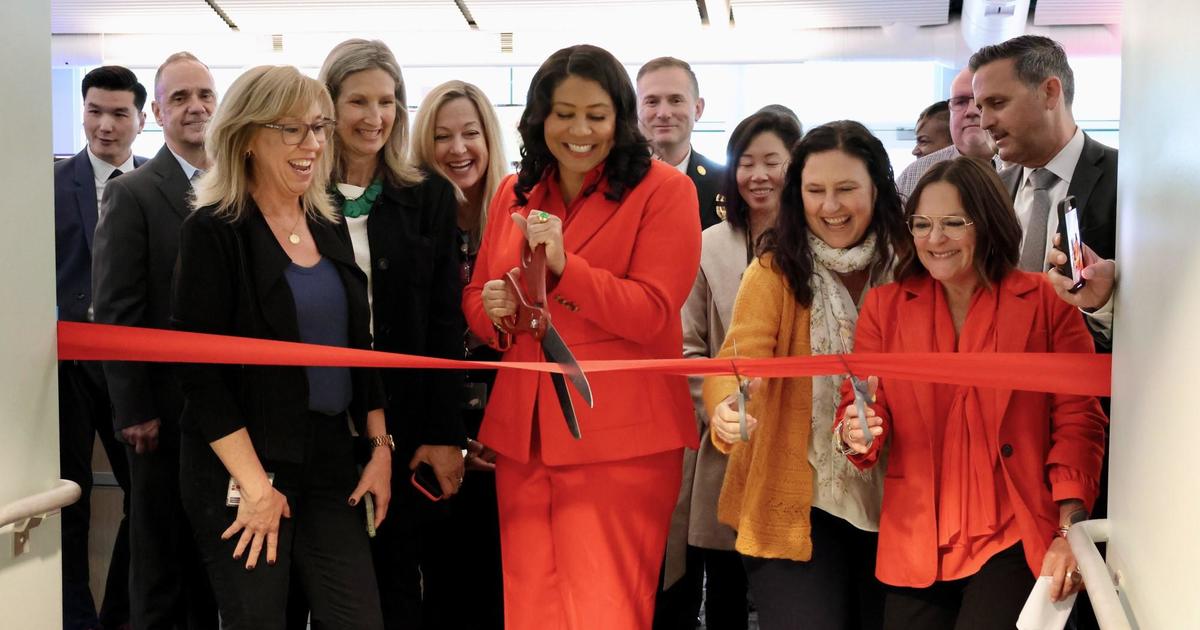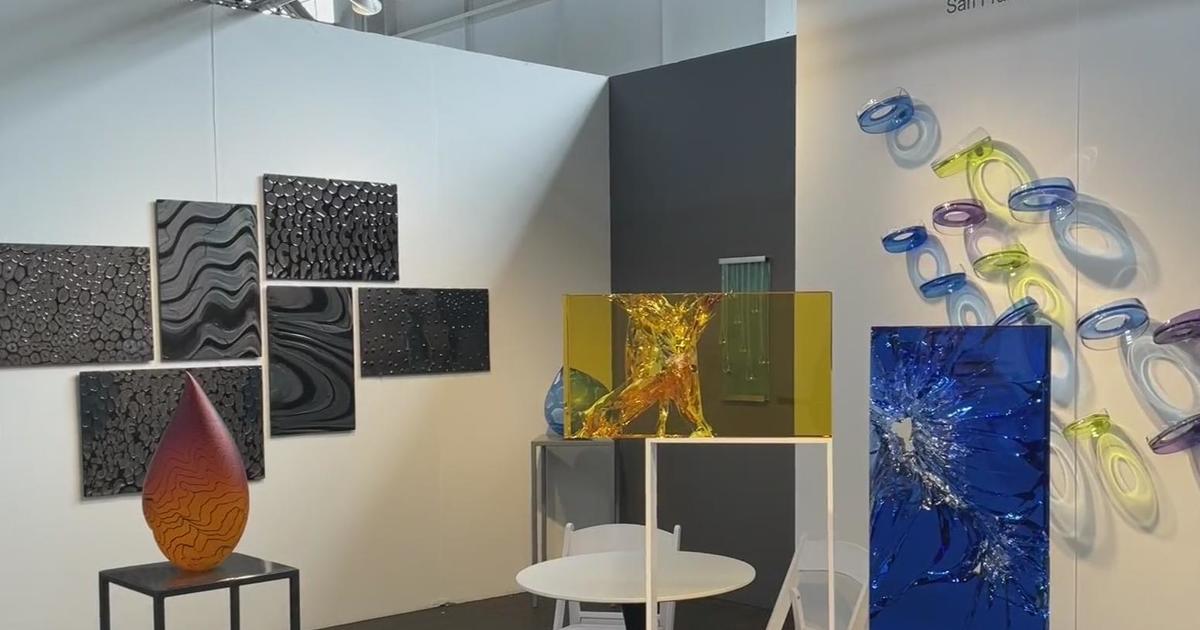Quentions linger over future of San Francisco neighborhood 'Slow Streets'
SAN FRANCISCO (KPIX 5) -- Over the course of the pandemic, so-called "Slow Streets" popped up in neighborhoods throughout San Francisco. They're designed to limit through traffic on some residential streets to create a common, shared space for those also traveling on foot and by bicycle.
There are nearly 30 corridors throughout the city, according to the San Francisco Municipal Transportation Agency (SFMTA).
An SFMTA spokesperson said the Slow Streets program was introduced at the beginning of the pandemic and were initially rolled out as an emergency program that wasn't expected to last for more than a few weeks.
However, much like restaurant parklets, that didn't end up being the case as they're still in place in many locations across the city. There are four slow street corridors that the SFMTA board authorized to stay in place beyond the state of emergency: Golden Gate Ave., Lake St., Sanchez St., and Shotwell St.
At Lake St. and 12th Ave., longtime local Vince Meyer is all in favor of having Lake St. as a slow street.
"It's been great. There's a lot more usage now, you see a lot more people out enjoying the street. It's really built community, I've met a lot of people," he said. "Cities all over the country - dozens of them - have implemented similar programs. If they can do it, we can do it."
But at Kirkham St. and 34th Ave., longtime local Elisa Smith thinks the slow street there is more of a nuisance than a benefit.
"The one here on Kirkham, it's almost never used by anybody other than cars whizzing around the signage," she said. "A lot of these are just causing more problems than they are a source of enjoyment for people."
Meyer thinks the slow street corridors will make the streets safer, will benefit the environment, and will be good for neighborhoods.
"We have tons of kids and tons of families mixing with commuters basically trying to use the street as a freeway on-ramp," he said. "Give it a chance. If we make it more permanently installed - even if it's just an experimental program for two years or something - if we put in the traffic diverters and other traffic calming measures and really make it clear so everyone understands it, what it is, how to use it, if there's guidelines, then I think people would be more in favor of it."
Smith feels the public should get more of a say in the future of slow streets.
"I think it's important to get the majority of voters in San Francisco to vote to slow down the street or close it before they actually do that, because it's not just the citizens on that street that use the street, it's all of us. We're all paying taxes for the maintenance of those streets," she said. "There should be probably, an assessment done, of which ones are highly, highly used, and which ones are not."
The SFMTA has removed several slow streets that were put up during the pandemic, such as Duncan, Excelsior, and Mariposa, due to low use and conflicts with other planning efforts, according to a spokesperson.
The spokesperson also told KPIX 5 that the agency is committed to working with those in the community to help develop solutions and address concerns wherever they can, while they continue to move forward in addressing transportation safety and climate change.



